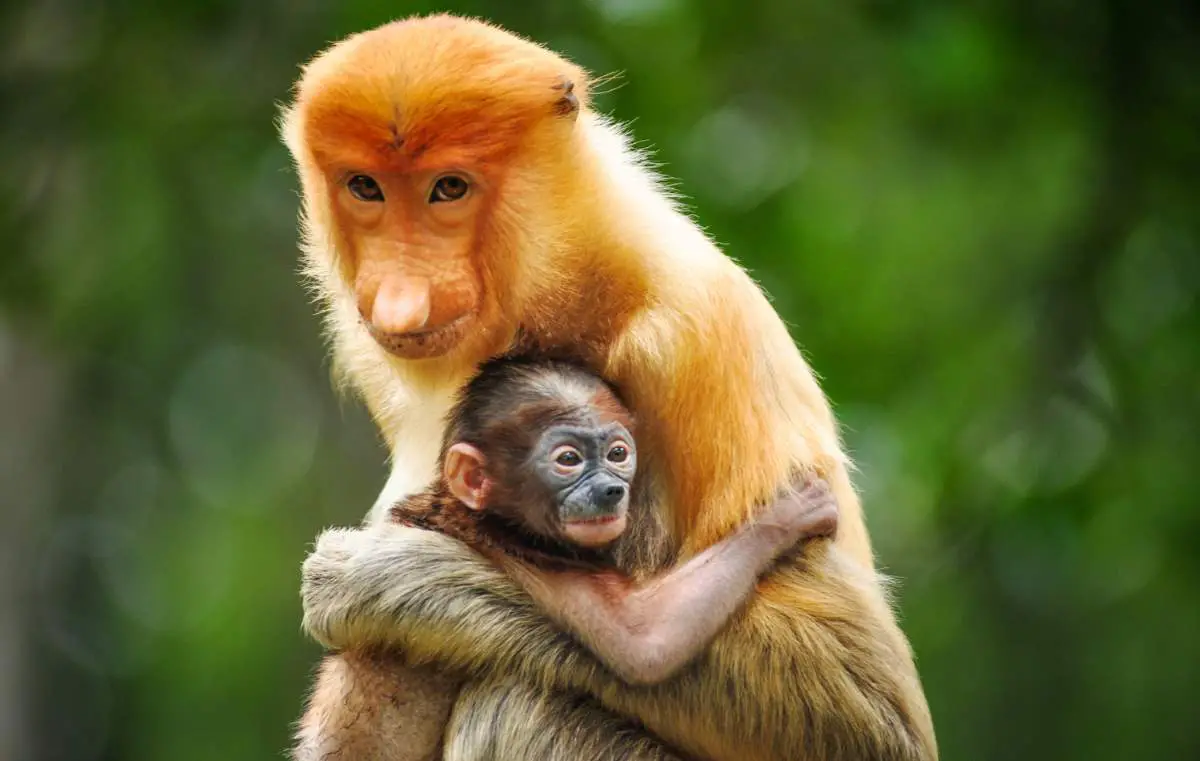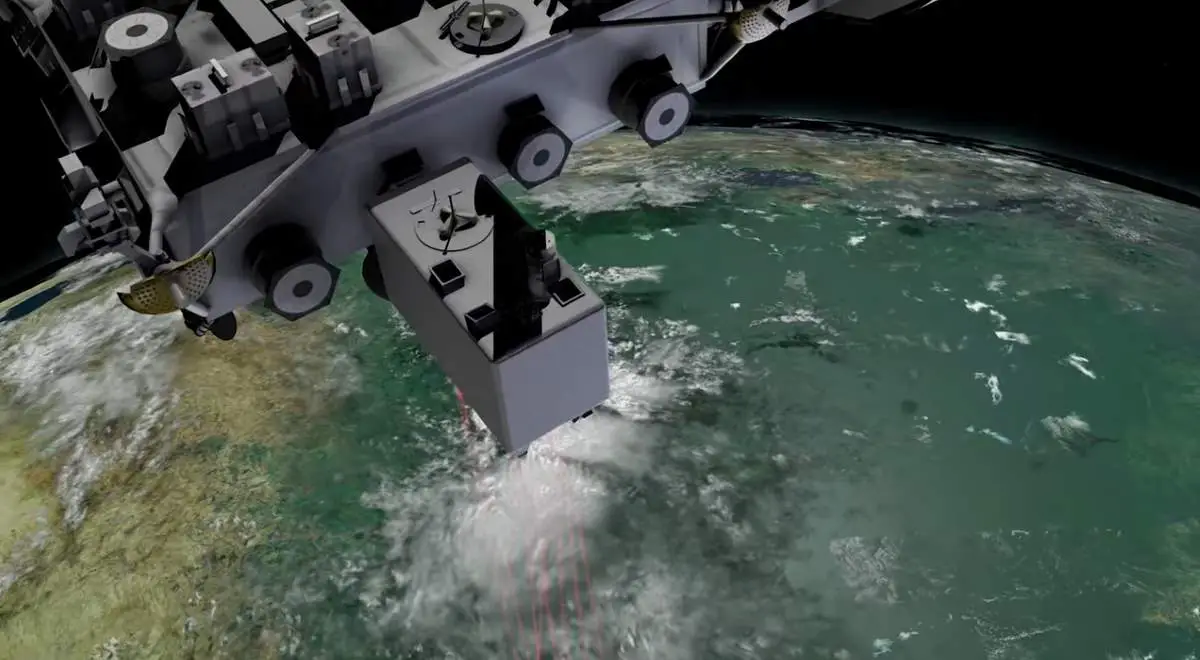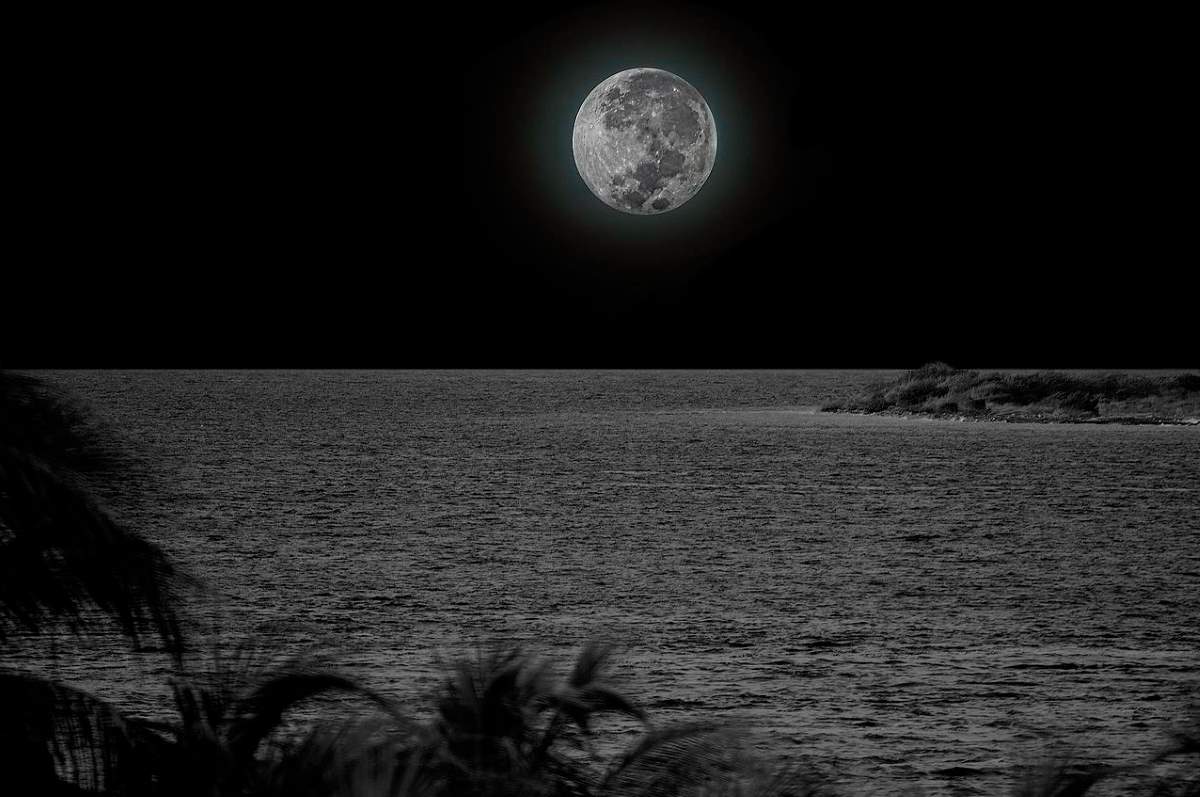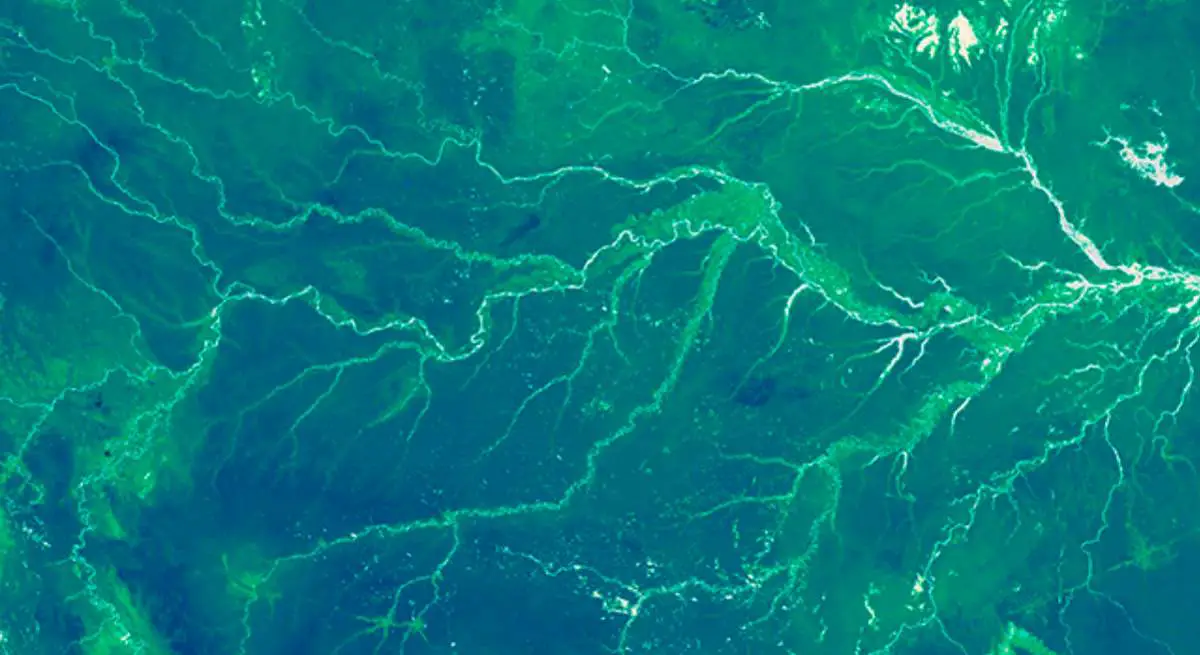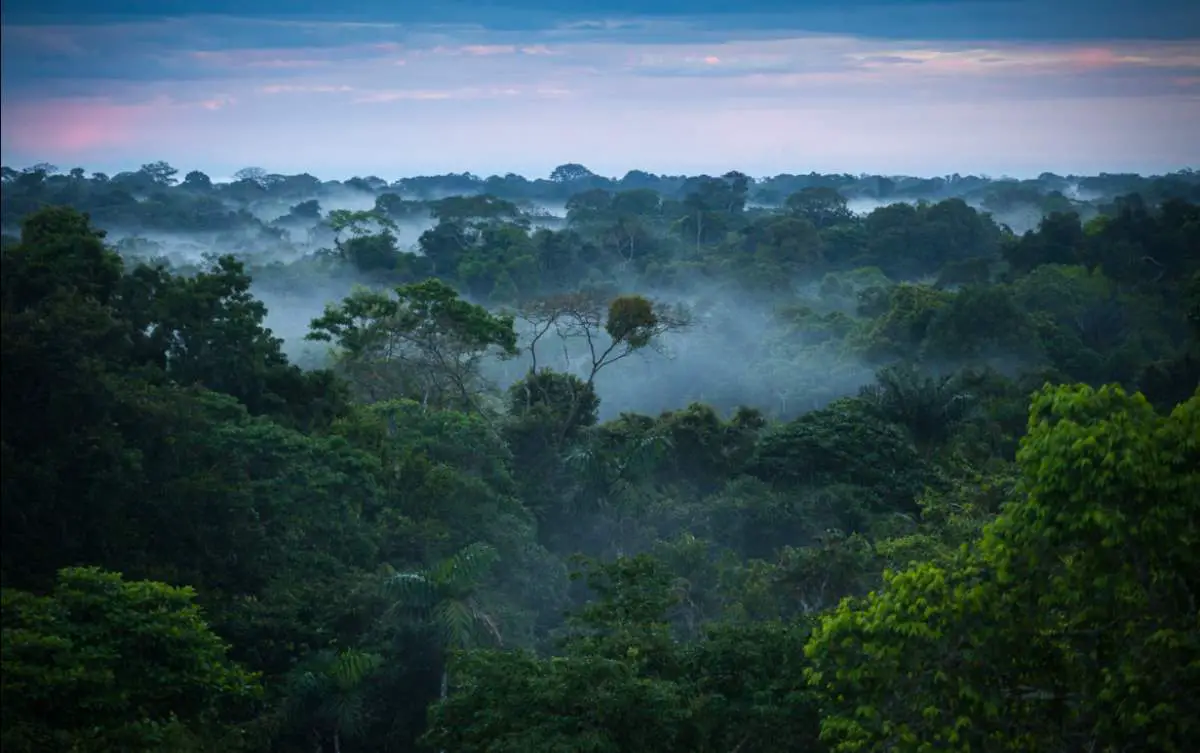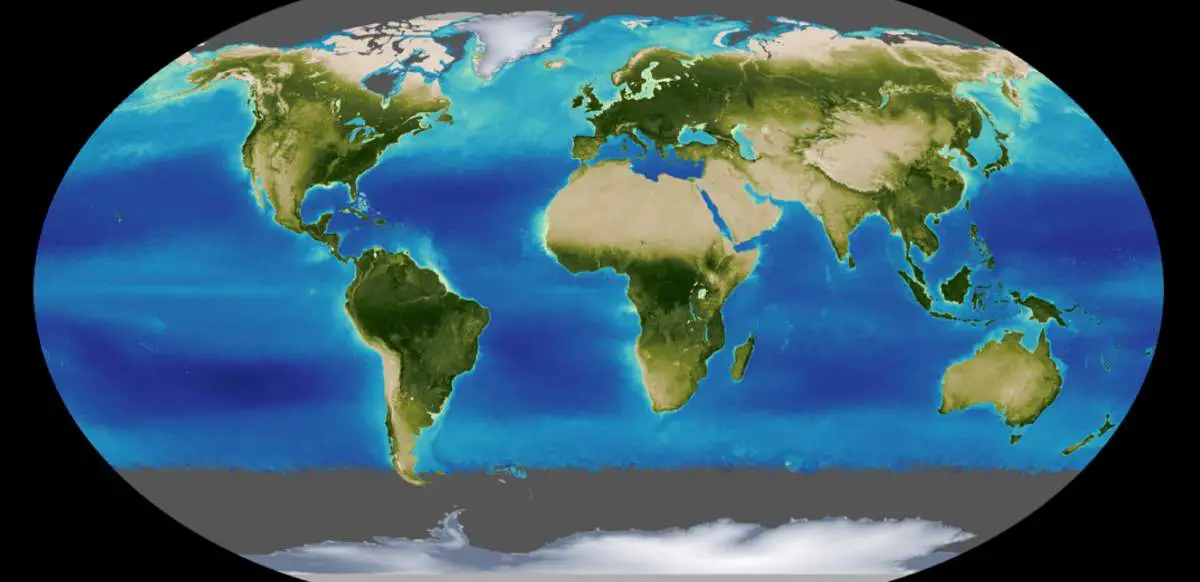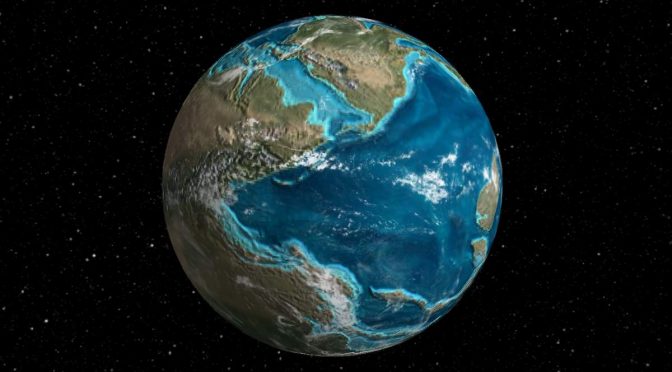We, humans, are destroying the Earth’s wilderness, very fast. Actually, we are the main (and probably the only) cause of the sixth major extinction event in the history of our planet. Now, a recent UN report says at least one million species (animals, plants, and insects) are at the risk of extinction. There will be …
Continue reading “UN report warns one million species at risk of extinction”
